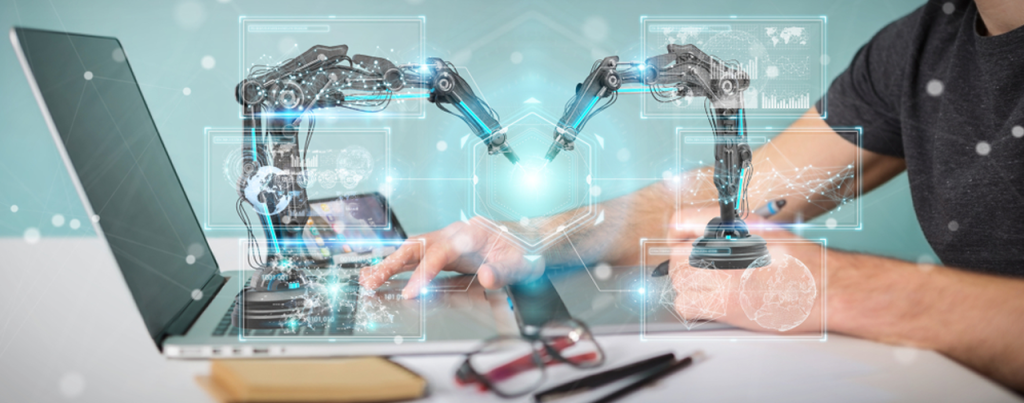
MassRobotics launches the Physical AI Fellowship with AWS and NVIDIA to help robotics startups develop and scale innovative AI solutions.
MassRobotics has launched the Physical AI Fellowship, a virtual program supported by Amazon Web Services (AWS) Startups and NVIDIA Inception, designed to help high-potential robotics startups develop, enhance, and scale physical AI solutions.
The inaugural Fall 2025 cohort features some of the most promising startups in the physical AI space across various industries. During the program, fellows will collaborate directly with scientists and engineers from the AWS Generative AI Innovation Center to refine their solutions.
Physical AI is becoming essential for advancing complex hardware, particularly in robotics. Providing startups with cutting-edge tools and support will accelerate growth in the AI-powered robotics sector.
As industries race to adopt automation, backing physical AI startups ensures innovation keeps pace with global demand, driving breakthroughs in productivity, safety, and operational efficiency across multiple sectors.
“Physical AI is moving intelligent machines from the lab into the real world,”
said Tom Ryden, Executive Director at MassRobotics.
“This fellowship will give robotics startups the practical support to build, validate, and scale by combining AWS’s leadership in AI, NVIDIA’s accelerated computing stack, and our robotics expertise and network.”
The Physical AI Fellowship offers startups technical mentorship, compute resources, and access to a global robotics network, enabling them to advance from prototypes to enterprise-ready solutions.
Fellows benefit from guidance by scientists and experts at the AWS Generative AI Innovation Center, AWS credits, NVIDIA resources, and access to MassRobotics’ facilities and vibrant robotics community.
“NVIDIA’s AI infrastructure and software technologies help companies all over the world simulate, train, and deploy robots safely and more efficiently,”
said Deepu Talla, Vice President of Robotics and Edge AI at NVIDIA.
“Our collaboration will empower startups with the tools and programs they need to bring the next generation of intelligent machines to market.”